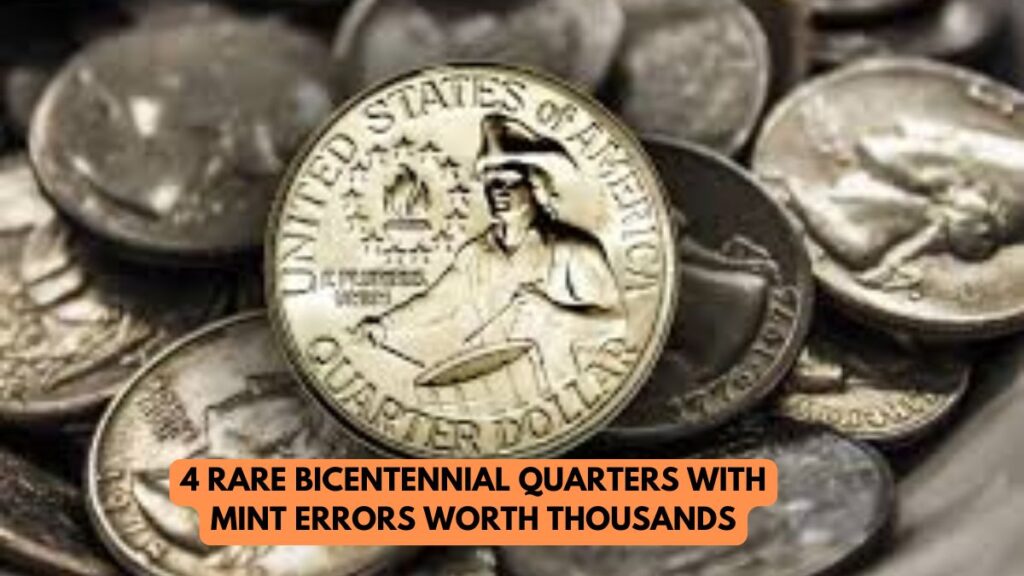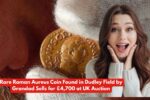What started as a patriotic commemoration of America’s 200th anniversary has become a golden opportunity for coin collectors. The 1776-1976 Bicentennial quarter, issued by the U.S. Mint, features a unique colonial drummer design and a dual date to mark the country’s bicentennial.
While most of the estimated 1.6 billion quarters produced are common, a handful with minting errors have become exceptionally valuable—fetching anywhere from hundreds to tens of thousands of dollars. Here’s a closer look at the four mint errors that have turned everyday pocket change into collector’s treasure.
1. Doubled Die Obverse (DDO): The $25,000 Quarter
Perhaps the most sought-after error, the Doubled Die Obverse occurs when the coin die itself is misaligned during production, causing a visible doubling of design elements—especially in the inscriptions and Washington’s profile.
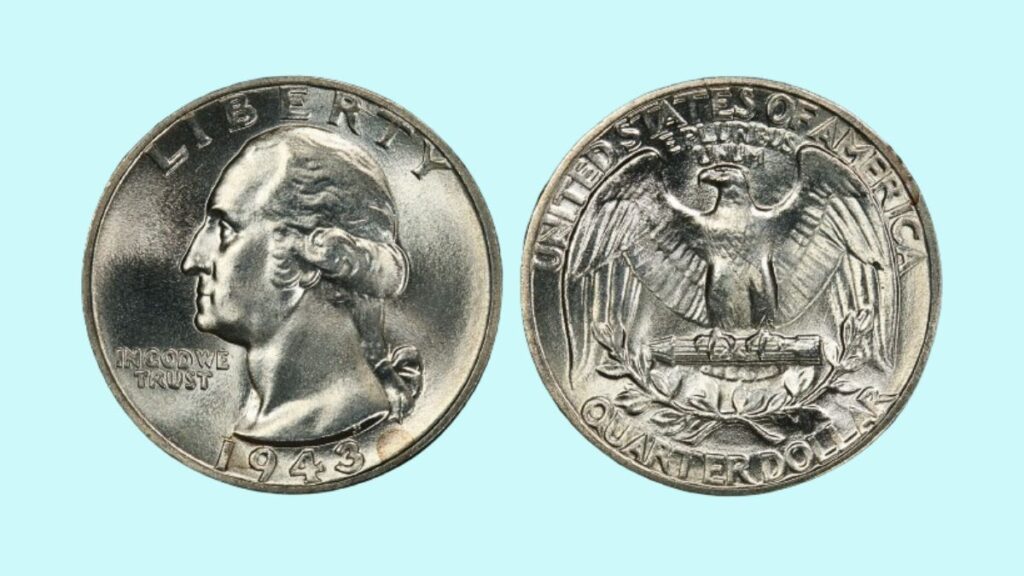
Collectors prize these coins for their visual oddity and rarity. Verified examples of the DDO Bicentennial quarter have sold for up to $25,000, depending on the severity of the doubling and the coin’s condition.
2. Misplaced Mint Mark: Denver’s D in the Wrong Spot
Another valuable error comes from a simple—but significant—mistake: the misplacement of the “D” mint mark, denoting Denver minting. Normally located just right of Washington’s ponytail, some 1976 quarters show this mark in unusual positions.
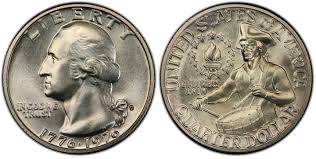
This error is far rarer than it seems and commands premium pricing in auctions. A misplaced mint mark Bicentennial quarter in excellent condition has reportedly sold for up to $8,000.
Official U.S. Mint info: https://www.usmint.gov
3. Filled Mint Mark (“Filled D”): A Greasy Mistake
Sometimes, it’s not where the mint mark is, but how it appears. A “Filled D” error occurs when debris or grease partially fills the die used for striking, resulting in a mint mark that appears faint, misshapen, or even completely missing.
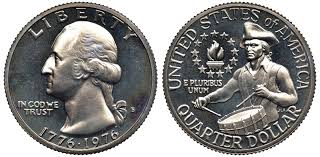
Though not as visually striking as a doubled die or off-center strike, the Filled D is still a recognized mint error. While most sell for modest amounts (around $20–$100, depending on condition), collectors prize them for their uniqueness.
4. Off-Center Strike: Dramatically Misaligned, High Value
Coins are supposed to be perfectly centered, but when the metal blank isn’t aligned with the die, an off-center strike occurs. The result is a coin with a skewed or missing portion of the design.
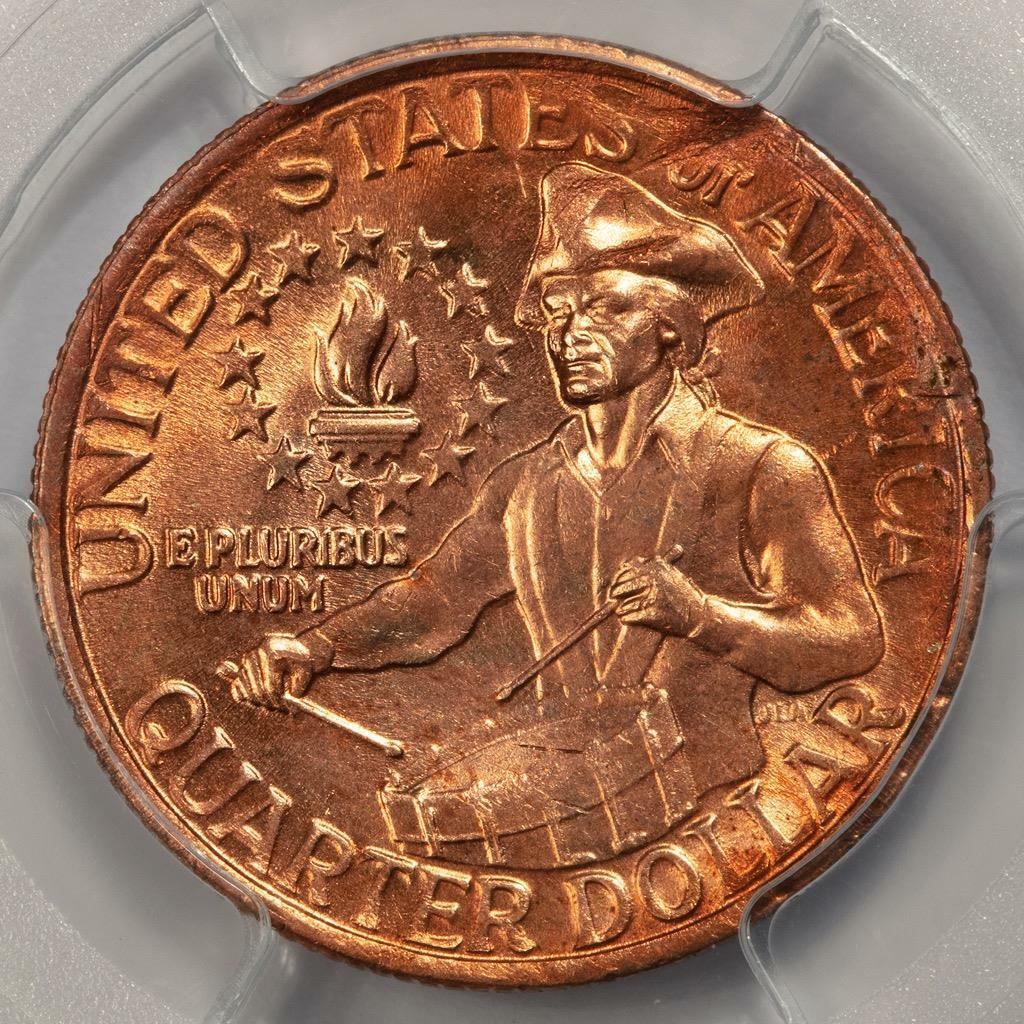
Bicentennial quarters with a major off-center error (more than 50% off) are rare and visually dramatic, making them valuable. These quarters often sell for $500 to several thousand dollars, especially when they still show both the date and key design elements.
What Should You Look For?
If you have a Bicentennial quarter in your collection—or in your change jar—here’s what to check:
- Look closely at the date and lettering for any doubling.
- Examine the mint mark. Is it unusually placed or faded?
- Check for off-center strikes, particularly if the design isn’t properly aligned.
- Use a magnifier to spot subtle anomalies.
You can also have your coin professionally graded through organizations like PCGS or NGC, which can confirm mint errors and boost a coin’s resale value.
Why Are These Errors So Valuable?
The value of mint error coins lies in their rarity and desirability among collectors. With so many Bicentennial quarters in circulation, a true error coin stands out. Combine that with the historical significance of the 1976 issue, and it’s no wonder that even small minting mistakes can lead to big payouts.
Final Thoughts
While not every Bicentennial quarter is worth more than 25 cents, those with specific minting flaws can fetch impressive sums on the collector’s market. Whether you’re a seasoned numismatist or a casual collector, it pays to examine your pocket change. You just might be holding a piece of history worth thousands.
This article has been carefully fact-checked by our editorial team to ensure accuracy and eliminate any misleading information. We are committed to maintaining the highest standards of integrity in our content.
